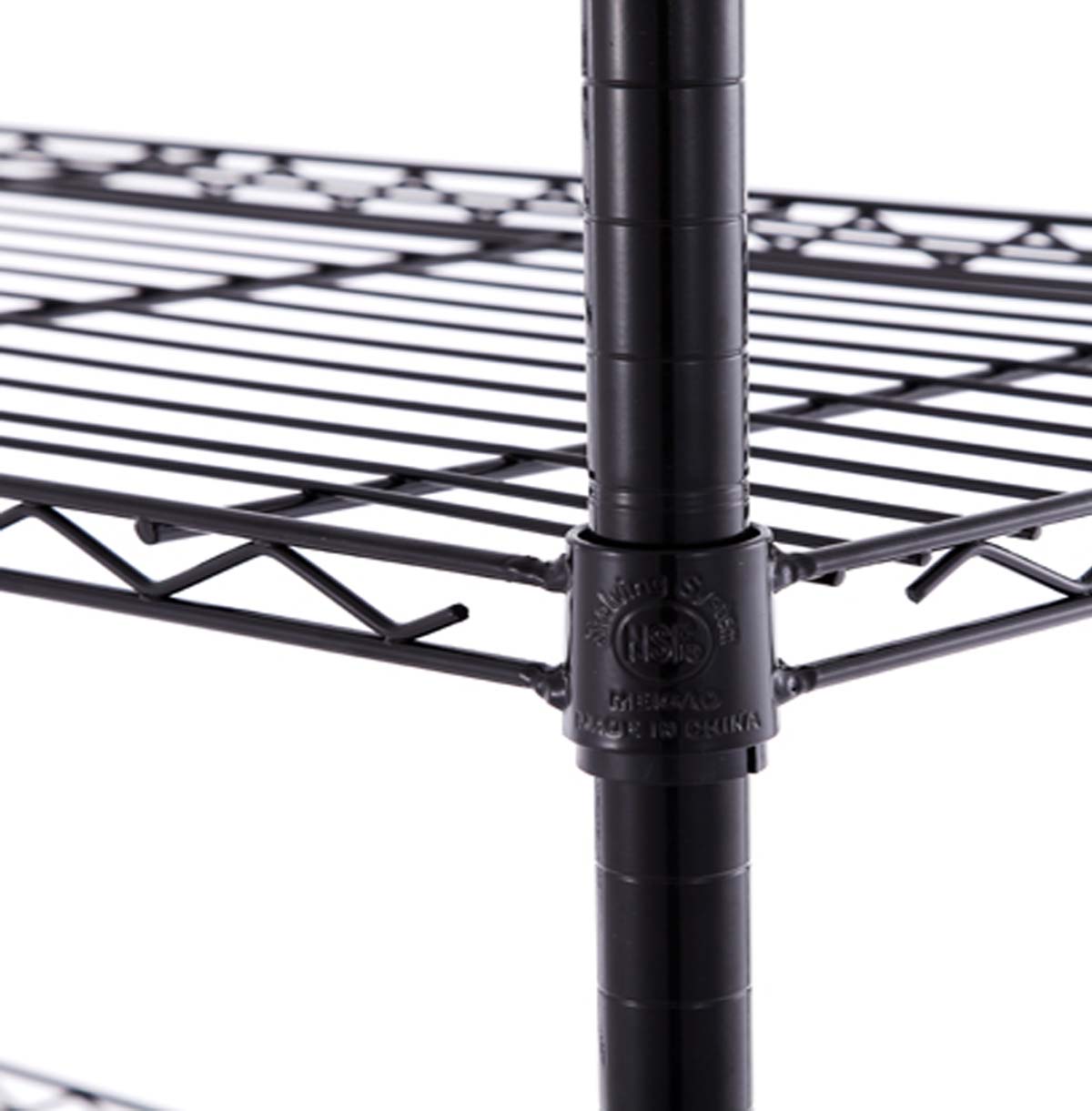Time:2024-06-04 source:other news Popular:display shelving wholesaler Views:505

1. Check the material of the warehouse shelves. Heavy duty shelves are mostly produced from cold-rolled steel, but few truly meet the national standard, mainly because most customers have a high sensitivity to price. The simple way is to conduct a load-bearing experiment according to the pre agreed shelf load. For example, a pre agreed upon three-layer shelf with a load-bearing capacity of 2000kg per layer is used. Then, each household will make a sample and go to the same place. 2000kg of goods will be placed on each layer according to the agreement, and the shelf will be left to stand for a few days to observe if it deforms. When the final batch production is carried out, it is sufficient to inspect according to the samples.
2. Check the structure of the warehouse shelves. Observe whether the bent and connected parts of the assembled sample shelf are even and have no obvious gaps.
3. Look at the surface of the warehouse shelves. Observe the assembled sample shelf to see if the surface spray treatment is uniform and has strong adhesion, and observe whether there are any missing spray treatments in various parts of the entire shelf, especially in areas with holes.
4. Check the welding process of warehouse shelves and shelves. Observe whether the welding joint is uniform and full, preferably in a fish scale shape, and also check for any areas of missed welding.
Read recommendations:
kitchen storage shelving unit Vendor
Basic elements of fluent shelves.metal garage shelving Processing
Last article:The Three Nos of Using Shelves.chrome plated wire shelf
Next article:Cleaning and processing of rust spots on storage shelves
Popular Recommended Products
3-Tier Wire Storage Racks For Pantry / Steel Organizer Wire Rack / Utility Shelving Unit
2021-05-295-Tier Garage Chrome Wire Shelf for Warehouse / Best Metal Garage Shelving
2022-11-114-Tier Bookshelf / Book Storage Rack / Adjustable Book Case
2022-11-15MZG Wire Storage Shelving 3-Tier, Chrome
2023-10-25Wire Shelving for Industrial Wire Rack with Basket Heavy Duty Wire Shelving Unit
2022-12-05The powerful characteristics of supermarket shelves.5 tier metal bookself
2023-08-21Organize storage, an unexpected new home furnishing industry is quietly emerging!
2021-05-31Advantages of using storage shelves
2022-12-12Shelves are important in transportation.stainless steel wire shelf rack
2024-03-22Three structures of heavy-duty shelves.metal bathroom shelves freestanding
2023-06-263-tier metal utility rolling cart wholesale
2023-04-123 tier wire shelving unit wholesale
2023-04-12display shelving Manufacturing
2023-04-12microwave stand countertop sales
2023-04-12